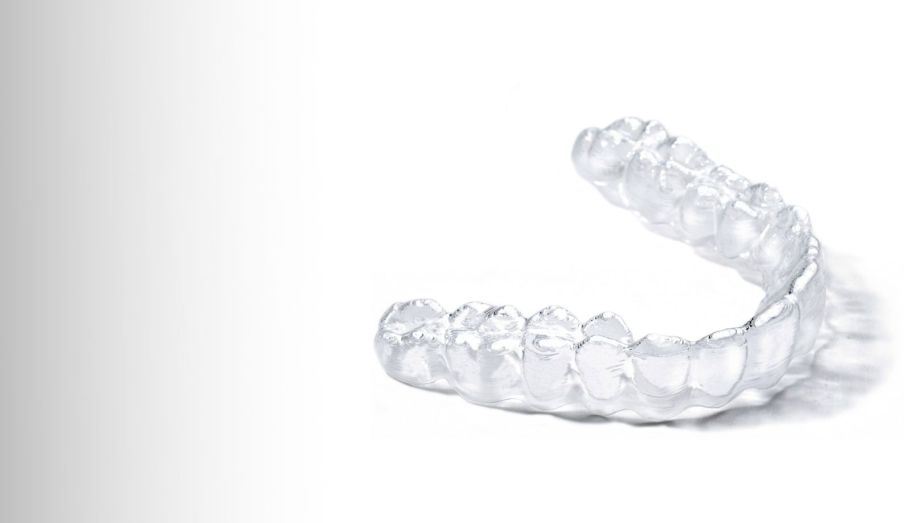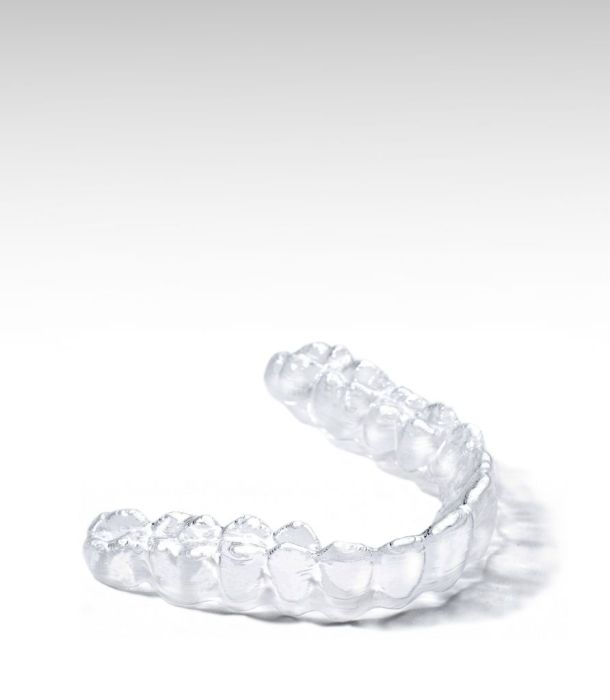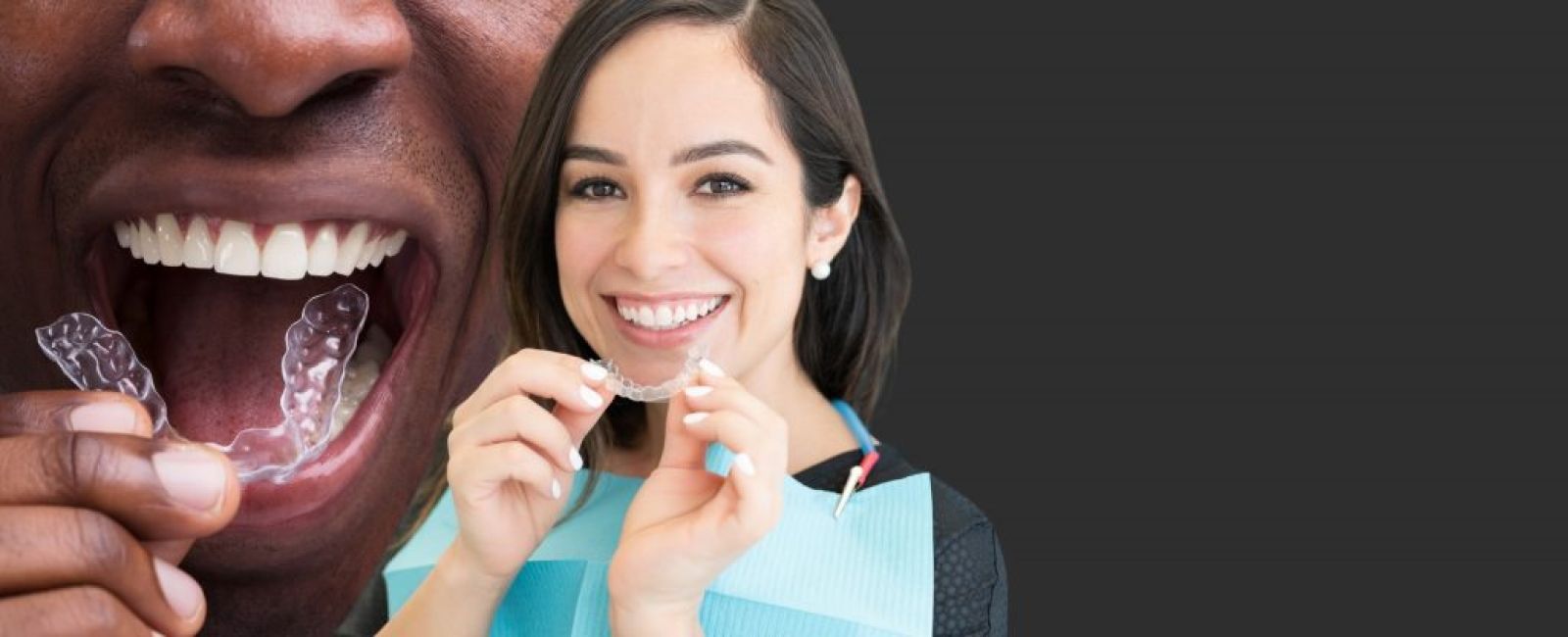

Clear Aligners
“Invisible braces” are here. The dental profession call them “clear aligners.” Consumers may call them “Active Aligners” (a brand name that’s become a generic term, like Tipp-Ex, even though several companies make clear aligners). Aligners are one of the technological advancements that have made orthodontic treatment less conspicuous, and one of many appliances doctors use to move teeth and align jaws to create a healthy, beautiful smile.


Clear Aligners
“Invisible braces” are here. The dental profession call them “clear aligners.” Consumers may call them “Active Aligners” (a brand name that’s become a generic term, like Tipp-Ex, even though several companies make clear aligners). Aligners are one of the technological advancements that have made orthodontic treatment less conspicuous, and one of many appliances doctors use to move teeth and align jaws to create a healthy, beautiful smile.
How Does Clear Aligner Therapy Actually Move My Teeth?
Clear Aligner Therapy (CAT) is growing in popularity, and chances are good that you know at least one person currently using it as their orthodontic treatment option. If you are also in need of orthodontic treatment, chances are you have some questions about the different options. One common question is how does clear aligner therapy work to move teeth?
First, let’s explain what CAT is. CAT uses series of clear, plastic aligners that are worn for a certain period to gently guide teeth to their new locations. The aligners are removable and comfortable to wear. But how do they work to move the teeth?
Simply put, your aligners will apply directed and controlled pressure to the teeth to guide them into their ideal positions. Each set of your aligners will be perfectly calibrated to achieve a certain movement, so that by the end of your treatment, all your teeth will be in their new desired locations.
There is one key difference between how braces move teeth and how aligners move teeth. Braces, using brackets and wires, apply a pull force to shift teeth. Aligners, however, use a push force to gently guide the teeth. Aligners can move teeth to their new positions in as little as 24 hours, but that doesn’t mean it is time to move on to the next set of aligners yet.
To understand why, we must examine the structure of the tooth. The roots of your teeth are covered in a material called cementum. This cementum is connected to the tooth socket by the periodontal ligament (PDL). This ligament acts as the anchor to hold the teeth into their sockets. In order to move your teeth, we must gently work at the PDL to guide it through the bone thereby allowing the tooth to make its necessary movement.
When pressure is applied to the tooth, the ligament is stretched on one side of the root but compressed on the other. Two new kinds of bone cells are created in this process. Osteoclasts break down the bone on the side of the ligament that was compressed, while osteoblasts build new bone cells on the side that was stretched. This is why once the movement has been made, it doesn’t mean the PDL is ready to hold it in place just yet. The ligament must get used to the movement and build up the bone, while the gums and other tissues need time to adjust, as well. That’s why you need to wear the same aligner set for seven to 14 days.
Your doctor will create a fully customized treatment plan that will use this process to gently guide your teeth until eventually, they have moved to the desired locations. Your aligners will place a precisely controlled level of pressure to the teeth to guide them into their ideal positions in a more convenient and aesthetic way than regular braces. You won’t need to visit your orthodontist or dentist every couple of weeks to have your wires tightened but will instead simply move to your next set of aligners following the schedule set forth by your orthodontist or dentist.
Clear aligner therapy is a wonderful orthodontic treatment option for many patients.
What happens of you need a refinement or additional aligners?
Before and Afters
Move Slider Left or Right


Move Slider Left or Right


Move Slider Left or Right

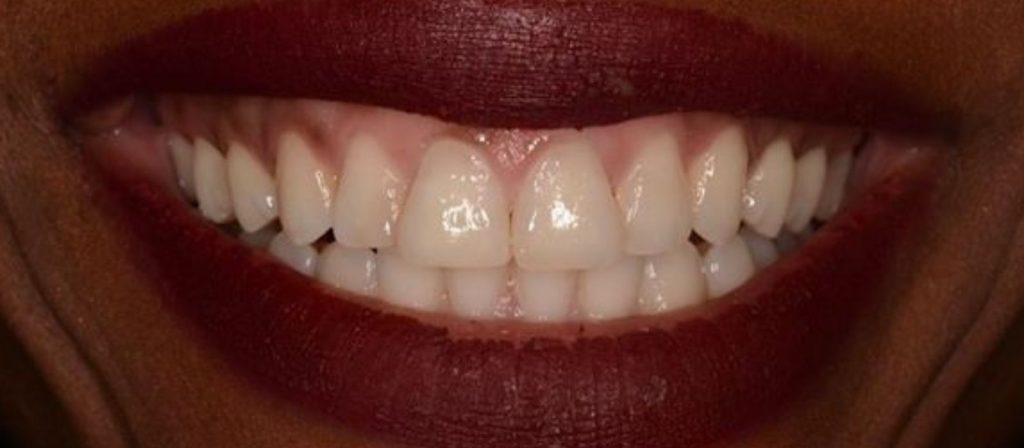
Move Slider Left or Right
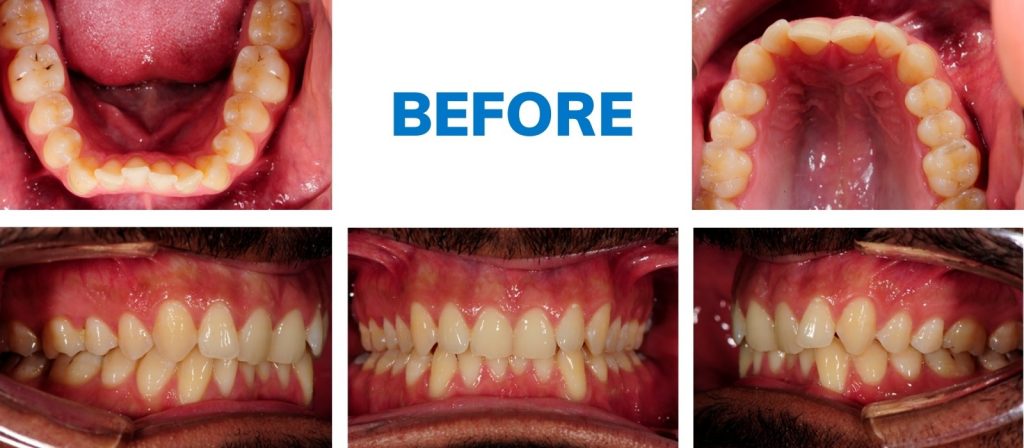
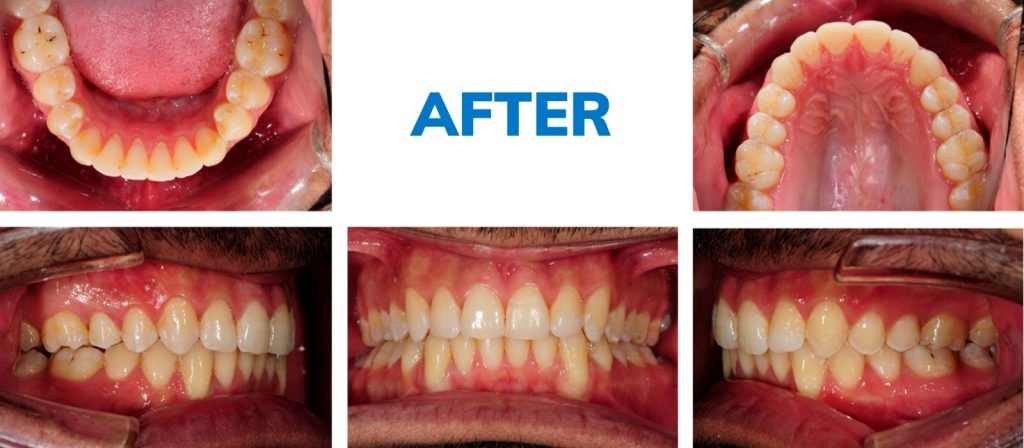
NB: The importance of correctly seating your aligners
What is a refinement?
For most people, their teeth will move exactly as planned, and at the end of their aligners, their teeth will be exactly where they were planned to be. Everything is perfectly positioned in just one series of aligners! Great no problems and no need for any refinements, straight onto retention.
This, however isn’t the case for all clear aligner patients.
Teeth can be unpredictable at times, and don’t always move exactly as planned, sometimes teeth will ‘lag’, i.e. they will be moving slower than planned.
Three other reasons refinements are used:
- Not enough IPR was performed to create space.
- A little to much IPR performed leaving a slightly open contact.
- Compliance wearing issues with the persons schedule.
Predictably most patients will achieve 80% – 90% of the desired movement planned in their first series of aligners.
So what happens next? This is where a refinement or additional aligners come in. Your doctor will take new moulds or scans of your teeth, create a new 3D treatment plan, and order another series of aligners to tidy up the final little movements you may need, basically repeating the process.
What to be aware of or ask: It is important to check with your provider at the beginning of your treatment whether any possible refinement period is included in the costs of your overall treatment. Many providers will have an “all-inclusive” fee for clear aligner treatment, while others may only charge for a refinement if it is actually required. This may depend on the individual providers preferences and the exact type of clear aligner treatment that is used.
Remember, Orthodontics is usually among the most elective areas of oral therapy and is not an exact science.
Comprehensive Clear Aligners Frequently Asked Questions


Aligners or Braces
You have a choice

